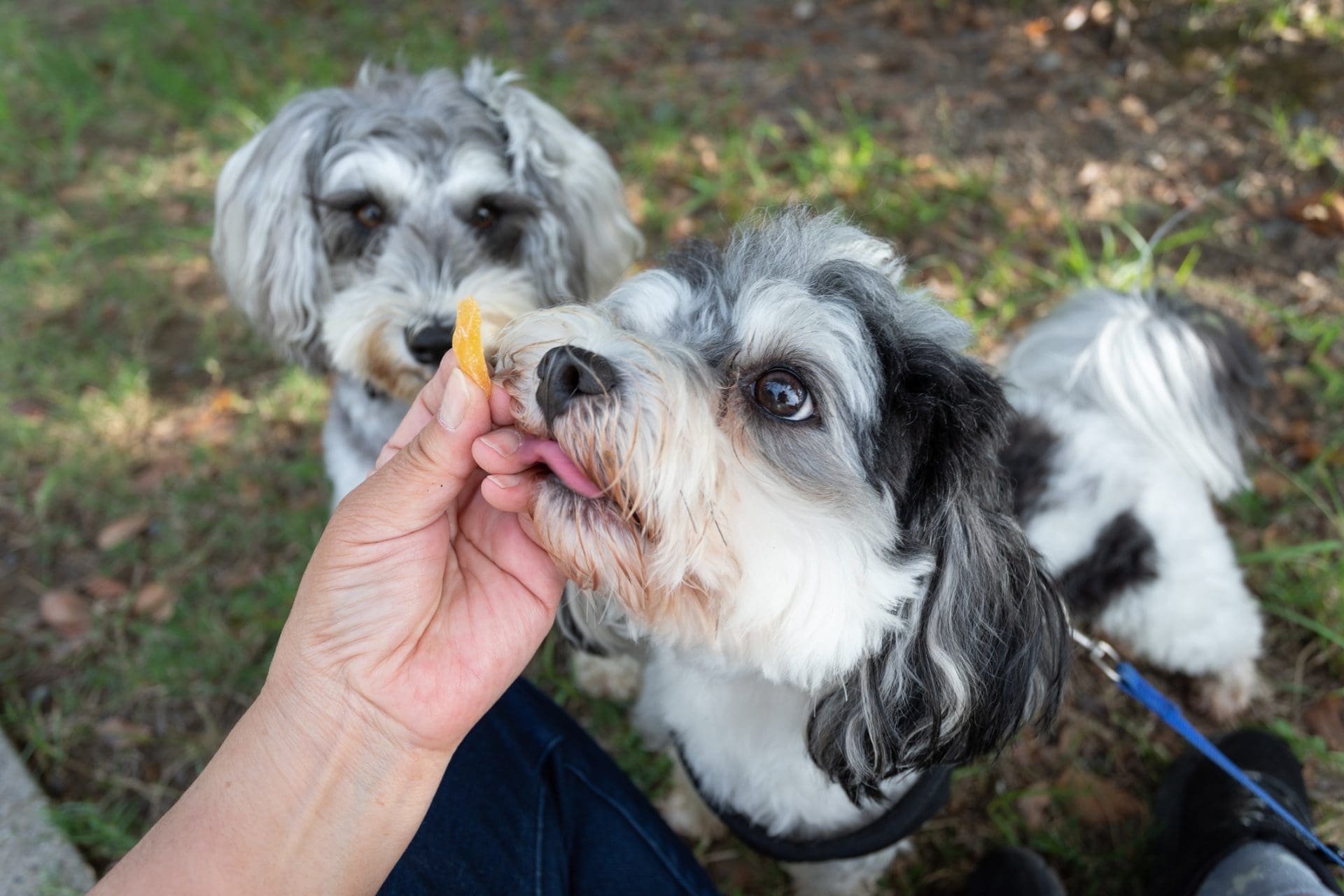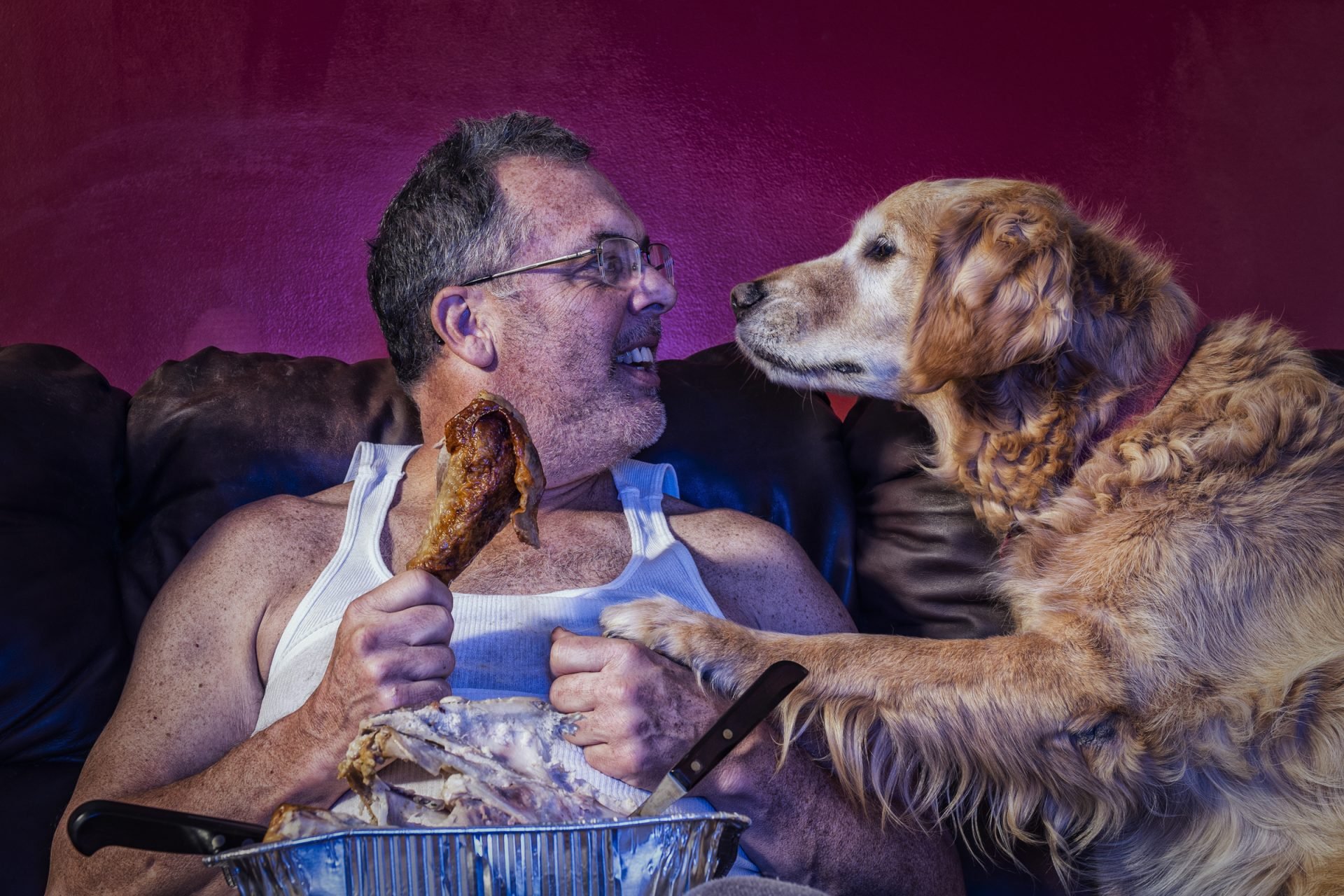This is how you can calculate how many calories your pet needs
Published: 2024. 07. 23 • 3 minutes reading

Published: 2024. 07. 23 • 3 minutes reading

Maintaining our pet's healthy weight is one of our most important tasks as pet owners. In the following article, we help you determine how many calories your dog needs.
We have written many times about the health risks of letting our dogs become overweight. Besides increasing the risk of diseases such as diabetes, the extra pounds—especially in small breeds—place a significant burden on their joints, thereby greatly diminishing the dog's overall well-being. One of the most common problems with feeding dogs is that most owners are unaware of how many calories their four-legged friend actually needs. Below, we present the ideal amount.
 Numerous factors influence our dog's caloric needs
Numerous factors influence our dog's caloric needs
Before delving into the intricacies of calorie counting, let's first clarify what a calorie is. (This might not be new to most of our readers, but repetition is the mother of learning.) A calorie is a unit of measurement for the energy content of food. It is the same as the kilocalorie (kcal) used in nutrition science, which you can also find on food packaging.
A calorie is the fuel that powers a dog's body. It comes from the fats, proteins, and carbohydrates that the dog consumes. If a dog consumes too few calories, it loses weight because the body burns fat and eventually muscle to make up for the energy deficit. If a dog consistently consumes more calories than it needs, it gains weight, as the excess energy is stored as body fat.
The amount of calories a dog needs is influenced by several factors. Breed and size are significant, as—quite logically—a larger animal needs more energy than a smaller one. Additionally, breed can also be examined in terms of thermoregulation. For example, an Alaskan Malamute requires much less energy to keep warm in the winter than a short-haired dog.
 Sharing a snack is not just a small extra calorie!
Sharing a snack is not just a small extra calorie!
A dog's age also plays a role. It is no coincidence that it is recommended to feed the animal food appropriate for its age, as these high-quality foods ensure the provision of proper nutrients and guarantee that they contain the right amount of calories for the dog's age. (Provided, of course, that the owner follows the feeding guide.)
Additionally, other influencing factors include the dog's body shape and whether it has been neutered. Naturally, it also matters how much the four-legged friend exercises in a day.
As you can see, several factors influence caloric needs. However, similar to the human BMI, there is a formula for dogs that can give you a general idea of how many calories you should offer your dog daily.
It looks like this:
Resting Energy Requirement (kcal/day) = (dog's weight in kilograms × 0.75) × 70
Then, multiply the result by one of the following factors, using the number that best represents your dog's circumstances:
For a 10-kilogram neutered dog, the calculation would be: (10 × 0.75) × 70 × 1.6 = 840 calories. According to the recommendations, it is acceptable to vary by +/- 25% from this value.
It's important to note that the above values are only guidelines and do not account for conditions such as diseases that may affect the dog's metabolism. If your pet has health issues, always consult your veterinarian about the appropriate amount and type of food.
Follow us!
facebook instagram youtube spotifyRelated articles

This Type of Slug Killer Can Be Deadly For Your Dog Too
Health • 2 minutes
How to keep your dog safe outdoors during the cold winter
Care • 5 minutes
Is your dog's paw slipping too often on the floor? Here's what you can do to help
Care • 3 minutes
As the temperature drops, your dog's skin becomes more sensitive: how to care for it properly
Care • 3 minutes